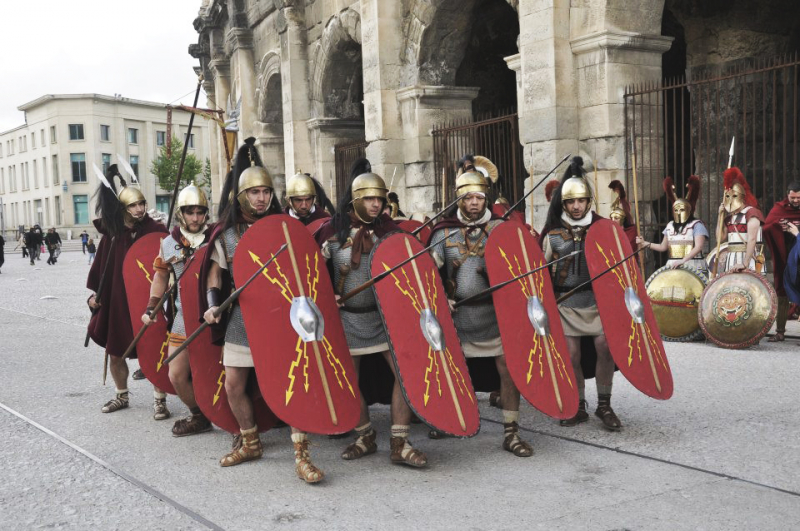Legio XII Fulminata

The Legion XII Fulminata are other ancient Roman Legions founded by Julius Caesar. Named after the unit's symbol, the thunderbolt, the Twelve can trace its origins back to 58 BC. The legion served in some of Caesar's most famous battles in Gaul, including the Siege of Alesia. It also saw a fair share of fighting in the civil war against Pompey, taking on the decisive duel at Pharsalus. After his victory in the war, Caesar renamed the legion Victrix. Another cognomen was later added by Mark Antony - Antiqua - which means “old”. In the 1930s, an inscription on a rock was found in the mountains of Gobustan (Azerbaijan), indicating the presence of Legio XII Fulminata and its legionnaires in these places. Thus, it turns out that the Legio XII Fulminata is considered the most far-reaching legion to the East of Rome.
Mark Antony sent the Legion XII Fulminata to the East to join the war against Parthia. While the campaign ended in failure, the legion remained in the East during the imperial era, continuing the war against the Parthian and Sassanid Empires. The unit still guarded the Euphrates airstrip next to its base — Melitene — in the early fifth century. This longevity makes the Legion XII Fulminata one of the longest-lived Roman legions on record. The last records of the legion date back to the fifth century. The Legio XII Fulminata may have existed until the fall of the Western Roman Empire in 476.







